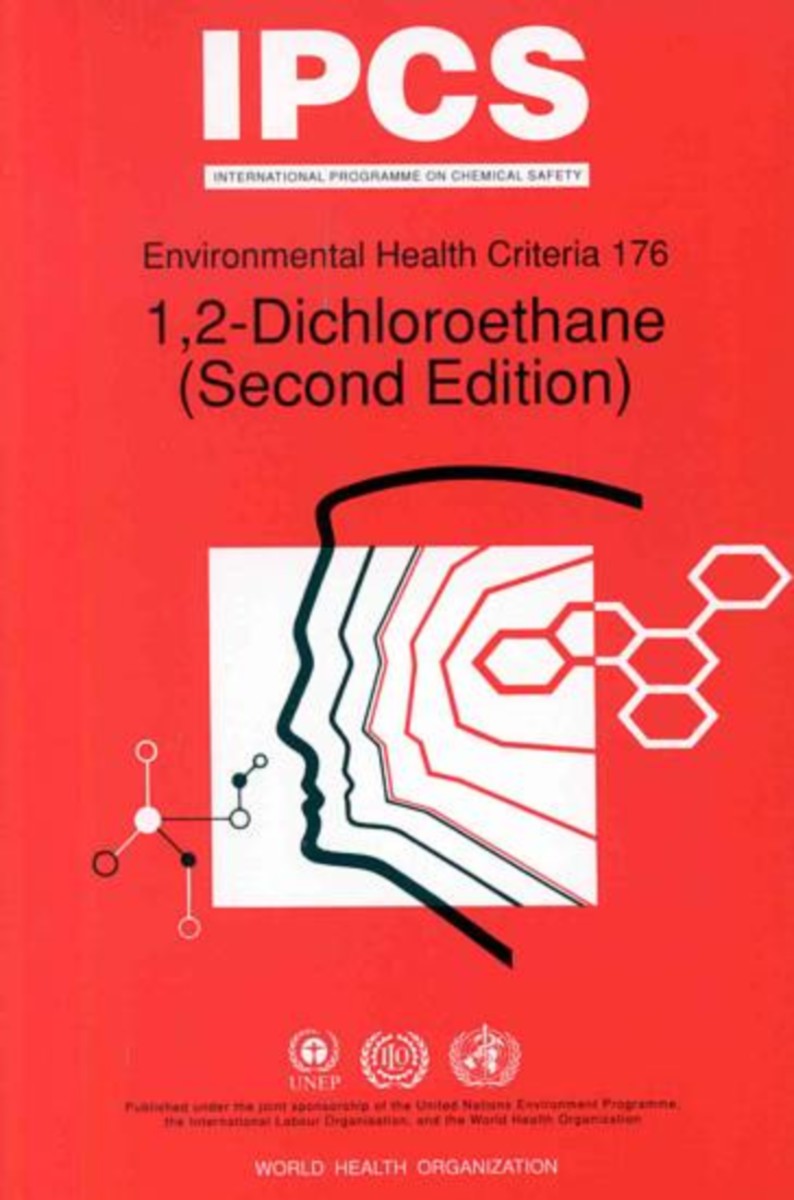- Publisher
World Health Organization - Published
1st December 1995 - ISBN 9789241571760
- Language English
- Pages 148 pp.
- Size 5.75" x 7.5"
Evaluates the risks to human health and the environment posed by exposure to 1 2-dichloroethane, an industrial chemical mainly used in the synthesis of vinyl chloride. The compound is also used in the manufacture of various chlorinated solvents as a fumigant and in the manufacture of anti-knock additives for gasoline. Most emissions during production are to air, with the stratosphere providing the predominant environmental sink. Though photolysis may produce chlorine radicals which may in turn react with ozone, 1 2-dichloroethane is judged to have a low ozone-depleting potential. Studies show that 1 2-dichloroethane present in indoor and outdoor air is the main source of human exposure. Levels detected in drinking-water are low and food is judged to be an unlikely source of exposure. The most extensive section evaluates studies of toxicity in laboratory mammals and in vitro test systems. Particular concern centered on several animal studies that produced convincing evidence of increases in both common and rare tumors at several sites. 1 2-Dichloroethane has also been shown to be genotoxic in in vitro and in vivo assays. An evaluation of effects on humans draws on case reports of poisoning as well as epidemiological studies of occupationally exposed workers. The report cites findings from limited epidemiological studies indicating an increased risk of pancreatic cancer and leukaemia. On the basis of these and other findings, the report concludes that 1 2-dichloroethane is a probable human carcinogen. Since a safe level for human exposure by any route could not be established the report further concludes that all appropriate measures should be taken to eliminate or minimize human exposure to 1 2-dichloroethane.
World Health Organization
World Health Organization is a Specialized Agency of the United Nations, charged to act as the world's directing and coordinating authority on questions of human health. It is responsible for providing leadership on global health matters, shaping the health research agenda, setting norms and standards, articulating evidence-based policy options, providing technical support to countries, and monitoring and assessing health trends.


